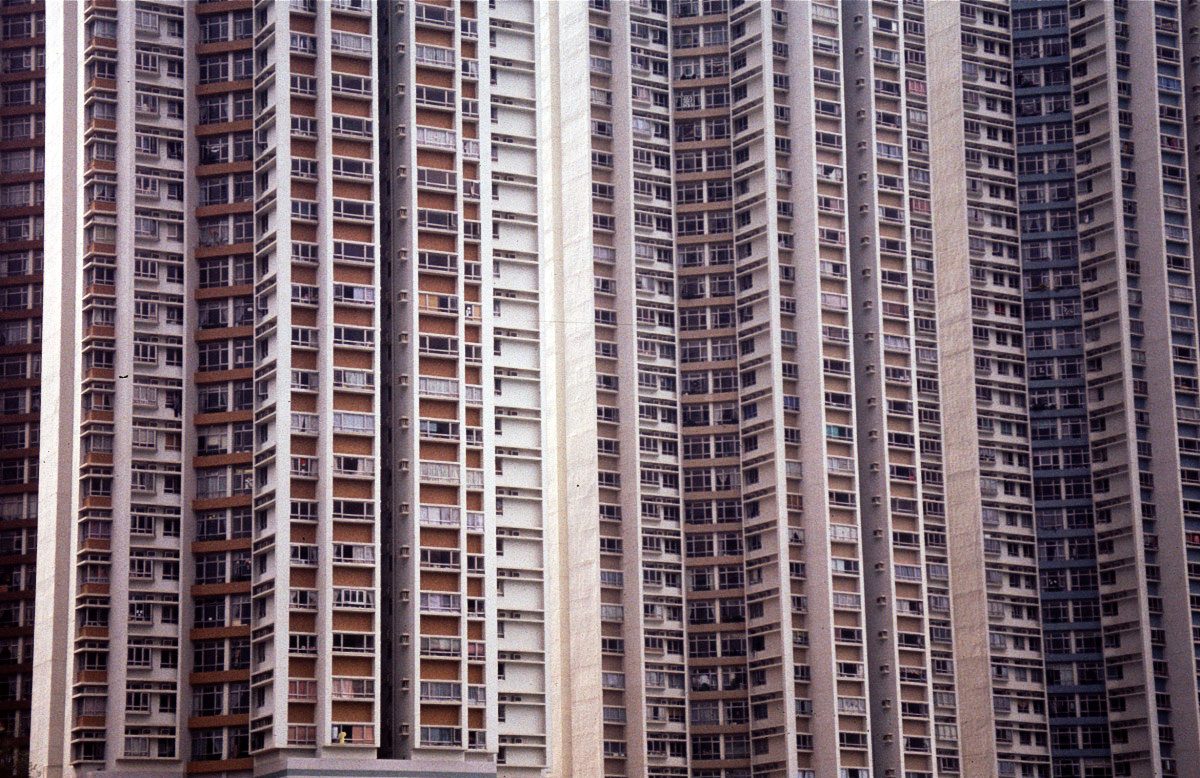This article is from the Australian Property Journal archive
CHINA’S real estate crisis, which has spread to the wider economy and pushed some of the country’s biggest companies to the brink of collapse, has left more than three billion square metres of residential property unsold, while Beijing has made another shift in policy as it looks to turn around the world’s second-biggest economy.
In the major lender’s Greater China Insight research note, ANZ’s chief economist, Greater China, Raymond Yeung and senior China strategist ZhaoPeng Xing estimate the figure was reached by the end of 2023, and that it would take 3.6 years to digest the inventory – much longer than the previous downturn of 2.3 years in 2014.
China’s once-booming property sector has been in downturn since Beijing introduced what was referred to as the “three red lines” policy, designed to crimp developers’ borrowing and halt a growing property bubble. Major developer Evergrande defaulted in 2021, sending shockwaves through the country, and its liabilities have skyrocketed to a reported range of $455 billion to $498 billion. It was court-ordered to liquidate in January. Also in recent months, development giant Country Garden was deemed to be in default on a dollar bond for the first time and its own survival has come into question. The result and knock-on effect has meant countless apartments across the country are sitting unfinished or empty.
Yeung and Xing said that recent financial bailout measures from the government will help improve project activity, but the increase in future supply and persistently weak demand will push the inventory level higher.
“Home prices will be under sustained downward pressure.”
“In our view, the countercyclical measures are not effective anymore. In the past, property sales responded positively to mortgage rate cuts. This relationship has broken since 2022.
“The shock from the pandemic, diminishing economic optimism and the lack of confidence in real estate as a store of wealth have affected the prospect of property investment. Households are cutting their mortgage exposure. This is a sign of ‘balance sheet recession’ we had seen in Japan after the 1991 bubble burst.”
China’s housing policy last week in February, with the government’s subtle announcement – via the Minister for Housing and Urban-Rural Development Ni Hong’s television interview – that a two-tier housing policy plan is in place for 2026 to 2030, which would see affordable housing dominate the future supply.
“China’s housing policy will effectively become a two-tier model,” Yeung and Xing said.
Local governments have been asked to project the supply requirement based on local demographics.
Yeung and Xing said the private property market would likely be structurally weak going forward.
“As the regime shifts, interest rate cuts are unlikely to lift home sales in 2024. The savings from less mortgage interest will likely be diverted to household deposits or affordable spending.
“Buyers will likely become more cautious, reinforcing the problem of supply-demand imbalance.”
3bn sqm unsold
The analysts initially based their estimate of an eye-watering three billion sqm of residential stock sitting unsold on official data that shows that the available-for-sale residential property in China lifted by 23% to 331 million sqm in 2023, a figure that would take 22 months for clearance.
“However, this definition of property stock is too narrow. We need to include the future supply in the pipeline. This is the unsold portion of floor space under construction, net of the pre-sales portion. After this adjustment, total unsold property was historically high at three billion sqm (up 9%) in 2023.”
They suggested a broader definition of inventory that would include the potential supply from the land reserves held by property developers, assuming 80% of land will be converted into floor space.
“There should be a latent supply of two billion sqm. Including this portion, the total inventory will be five billion sqm. However, builders and local governments can adjust the supply and may not turn land reserves into new construction, given the current market condition.”
“Therefore, our estimated three billion sqm, including ‘existing and future’ unsold floor space, should be a reasonable barometer for China’s property load.”
“The level of unsold stock represents the severity of China’s property woes.”
The inventory-to-sales ratio has risen faster as sales have been falling. In 2023, residential floor space sold dropped 17% to 948 million sqm, 61% lower than the peak in 2021.
“We estimate that China will need 3.6 years to digest the existing and future property stock. As sales are unlikely to improve in the next few years, the time for clearance will be much longer.”


















